
We read nursery rhymes as children which puts the world around us in context. Even as a child, I was touched by the beauty of poetry. Looking back I can now appreciate the emotions and the innate pleasure you get from reading poetry. The emotion and mood of poetry, even when it is almost too hard to understand, is so essential to understanding the world around us. I’m hoping that in this blog, with its selection of poems by Emily Dickinson, will bring that all to life for a new generation of poetry lovers.
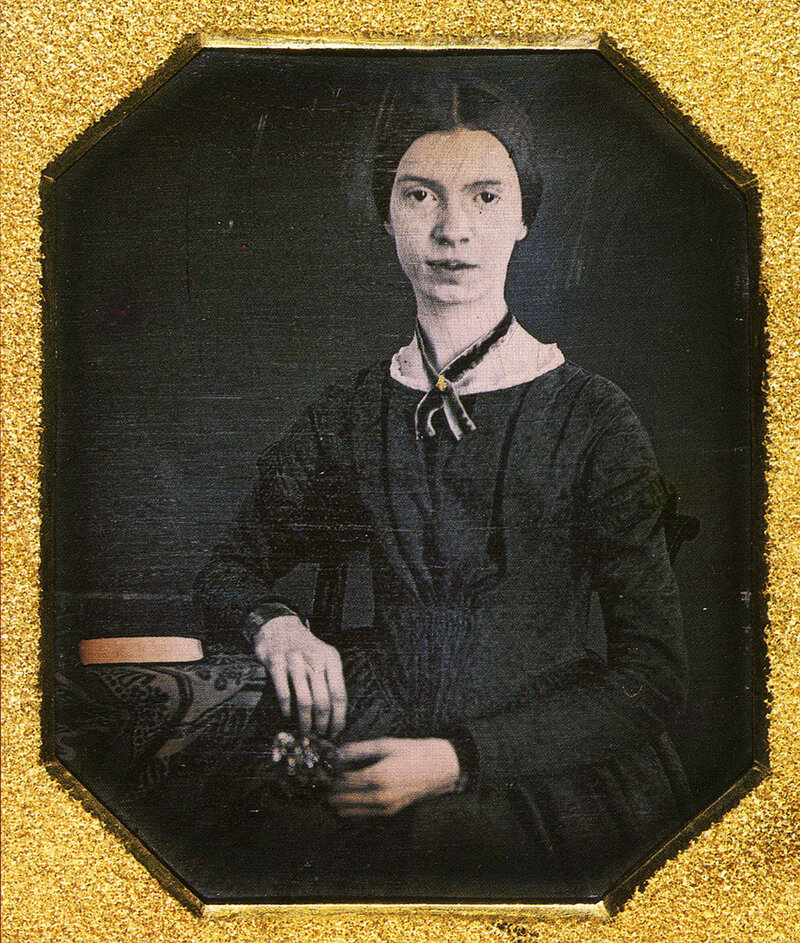
Who was Emily Dickinson
Emily Dickinson was born on December 10, 1830, and died on May 15, 1886.
She lived in Amherst, Massachusetts, all her life, occupying a large brick house on Main Street near a huge meadow, the railroad station, and a hat factory.
Emily’s father, Edward, was a lawyer, treasurer of Amherst College, a member of the General Court of Massachusetts, and, briefly, a US congressman. He married Emily Norcross.
A quiet, sweet-natured woman, Emily Norcross was well educated and especially talented at gardening and baking.
She and Edward had three children: Austin, Emily, and Lavinia.
The smart, lively children shared a love of reading, music, nature, and each other’s company.
The poet’s life was both quiet and busy.
Yet Emily Dickinson felt most comfortable at home.
She baked bread for the household, worked in the huge garden, wrote possibly ten thousand letters—can you imagine—and created poems that were unlike anybody else’s poems: full of word-play, startling images, puzzles, and surprises.
Her Poems
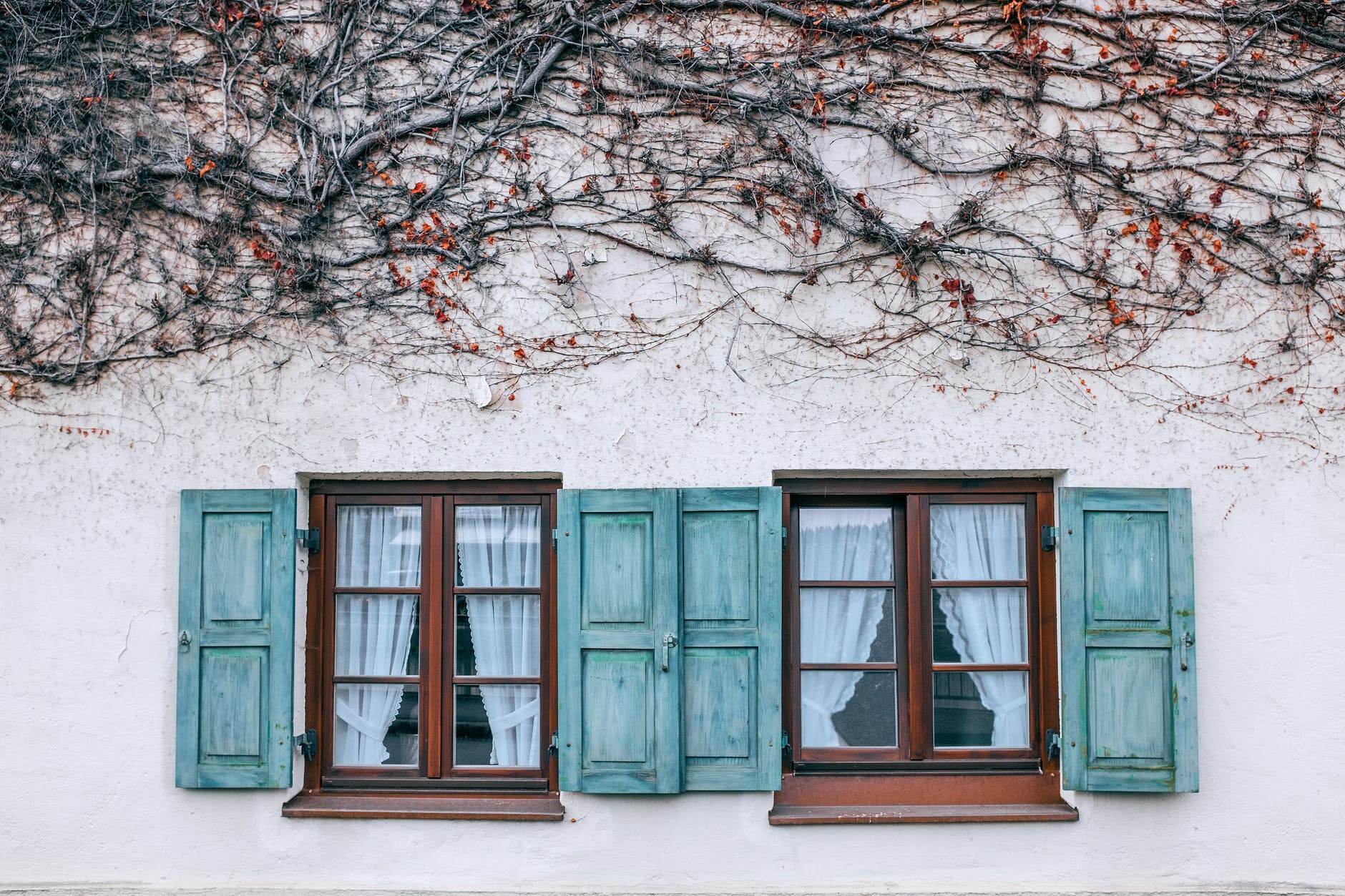
Emily Dickinson’s poems are populated by the birds, insects, frogs, snakes, and other creatures she observed on her property. Their activities, lives, and deaths seem like those of her relations. Her lifelong interest in science, especially botany and astronomy, enriched her language with beauty and wonder.
Lesser known Facts
When you hear the name “Emily Dickinson,” it may bring to mind a white dress or a well-known image of a sixteen-year-old girl staring boldly out of a daguerreotype.
Poetry, of course. Probably not gardening.
Beyond the stuff of literary legend, she was a person devoted to her family, with pleasures and pastimes and deep friendships.
She shared the love of plants with her parents and siblings.
To friends, she sent bouquets, and to some of her numerous correspondents—over one thousand of her letters have been found—pressed flowers.

She collected wildflowers, walking with her dog, Carlo. She studied botany at Amherst Academy and Mount Holyoke.
Summer
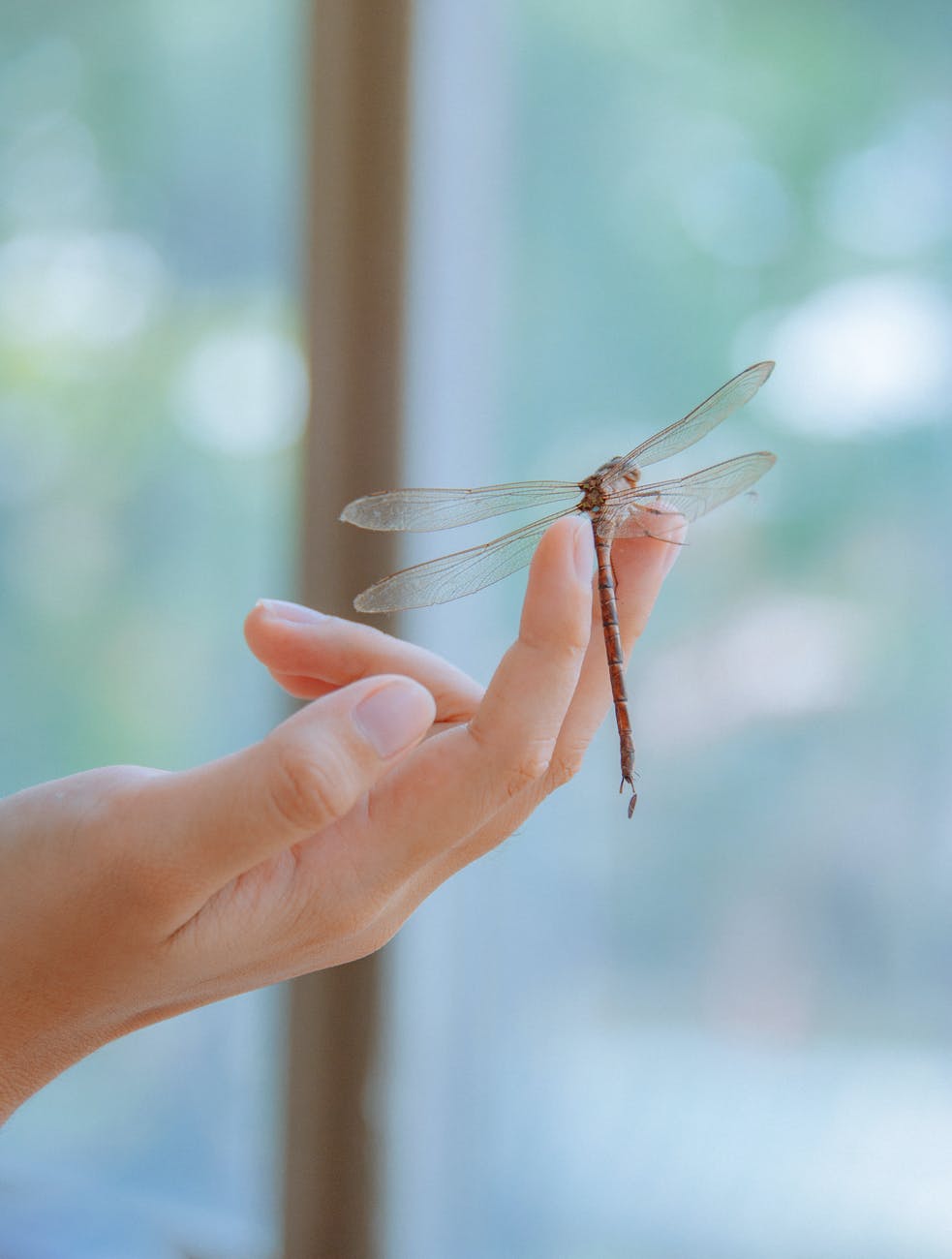
I’m nobody! Who are you?
I’m nobody! Who are you?
Are you nobody, too?
Then there’s a pair of us — don’t tell! They’d banish us, you know.
How dreary to be somebody! How public, like a frog
To tell your name the livelong day To an admiring bog!
To make a prairie it takes a clover and one bee
To make a prairie it takes a clover and one bee, One clover, and a bee,
And revery.
The revery alone will do
If bees are few.
A soft sea washed around the house
A soft sea washed around the house, A sea of summer air,
And rose and fell the magic planks That sailed without a care.
For captain was the butterfly, For helmsman was the bee, And an entire universe
For the delighted crew.
From all the jails the boys and girls
From all the jails the boys and girls Ecstatically leap, —
Beloved, only afternoon That prison doesn’t keep.
They storm the earth and stun the air, A mob of solid bliss.
Alas! that frowns could lie in wait For such a foe as this!
Spring

Bee, I’m expecting you!
Bee, I’m expecting you! Was saying yesterday To somebody you know That you were due.
The frogs got home last week, Are settled and at work,
Birds mostly back,
The clover warm and thick.
You’ll get my letter by The seventeenth; reply, Or better, be with me.
Yours, Fly.
Hope is the thing with feathers
Hope is the thing with feathers
That perches in the soul,
And sings the tune without the words, And never stops at all,
And sweetest in the gale is heard; And sore must be the storm
That could abash the little bird That kept so many warm.
I’ve heard it in the chillest land, And on the strangest sea;
Yet, never, in extremity,
It asked a crumb of me.
Will there really be a morning?
Will there really be a morning?
Is there such a thing as day? Could I see it from the mountains If I were as tall as they?
Has it feet like water-lilies?
Has it feathers like a bird?
Is it brought from famous countries Of which I have never heard?
Oh some scholar! Oh some sailor!
Oh some wise man from the skies! Please to tell a little pilgrim
Where the place called “morning” lies!
A curious cloud surprised the sky
A curious cloud surprised the sky, ’Twas like a sheet with horns;
The sheet was blue, the antlers gray, It almost touched the lawns
So low it leaned, then statelier drew, And trailed like robes away —
A queen adown a satin aisle
Had not the majesty.
Winter
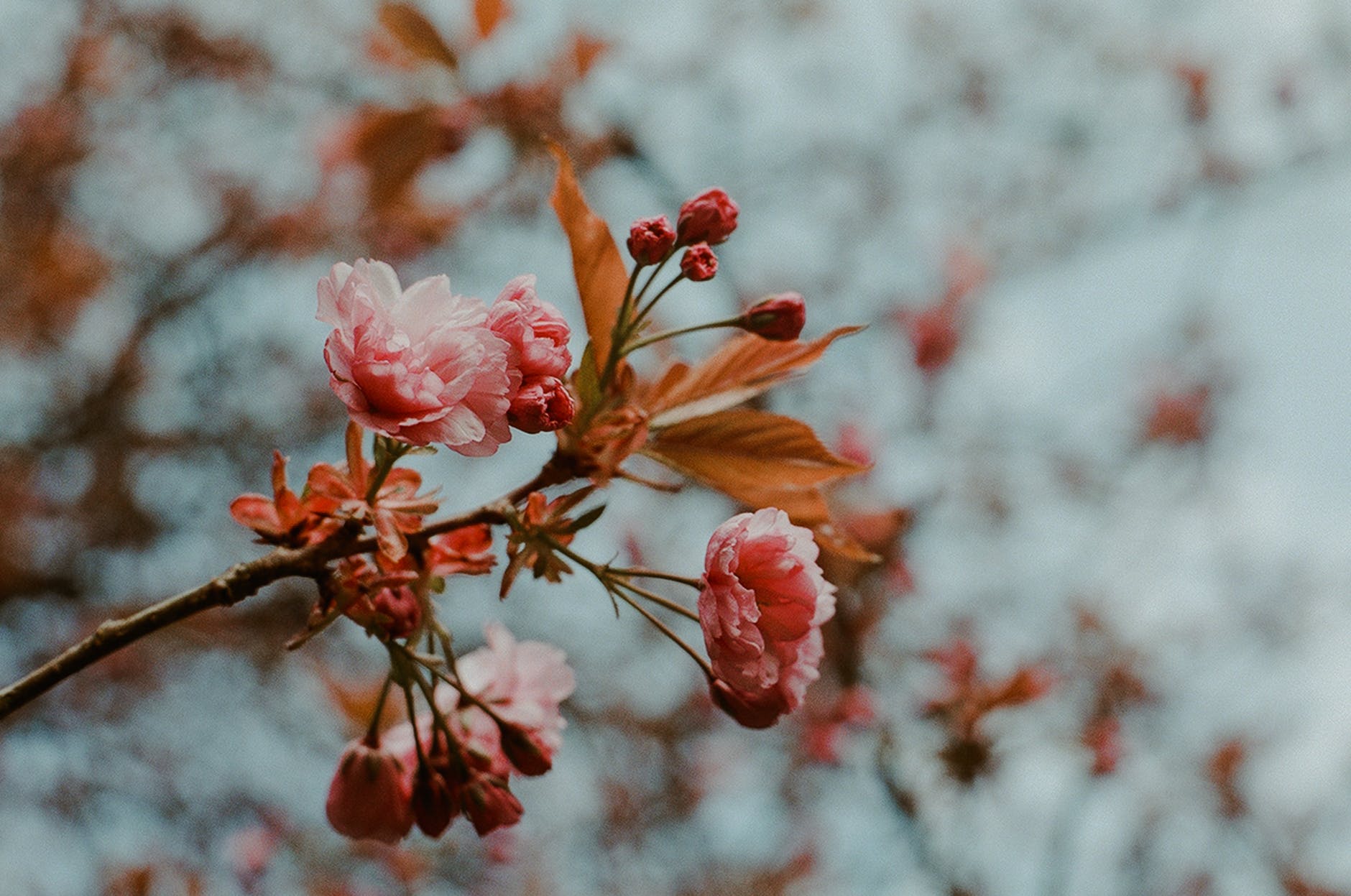
Safe in their alabaster chambers
Safe in their alabaster chambers,
Untouched by morning and untouched by noon,
Lie the meek members of the resurrection,
Rafter of satin and roof of stone.
Grand go the years in the crescent above them;
Worlds scoop their arcs, and firmaments row,
Diadems drop and Doges surrender,
Soundless as dots on a disc of snow.
Autumn
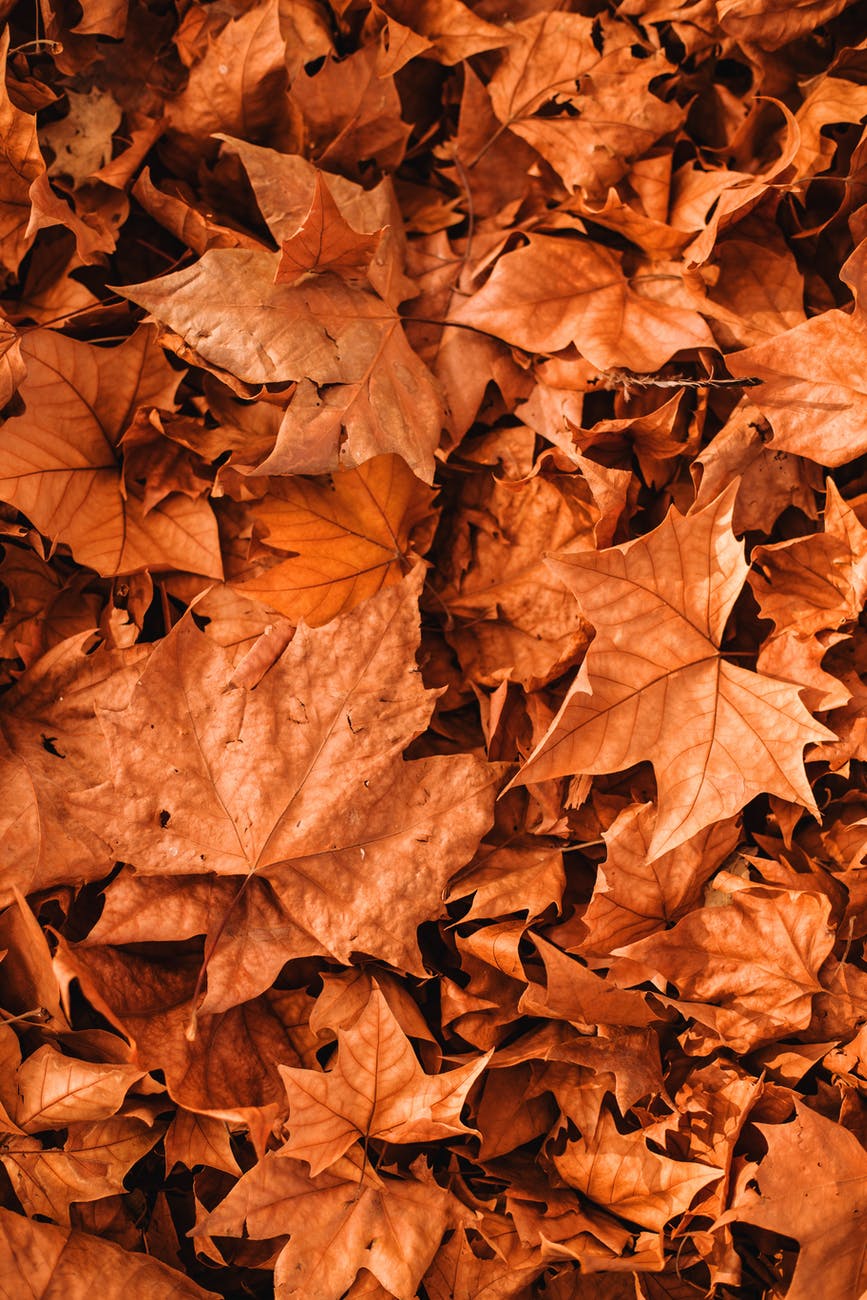
Because I could not stop for Death
Because I could not stop for Death, He kindly stopped for me;
The carriage held but just ourselves And Immortality.
We slowly drove, he knew no haste And I had put away
My labor, and my leisure too,
For his civility.
We passed the school where children played, Their lessons scarcely done;
We passed the fields of gazing grain,
We passed the setting sun.
We pause before a house that seemed
A swelling of the ground —
The roof was scarcely visible —
The cornice but a mound.
Since then ’tis centuries; but each Feels shorter than the day
I first surmised the horses’ heads Were toward eternity.
 Poetry for Kids: Emily Dickinson
Poetry for Kids: Emily Dickinson
The End
Emily died at age fifty-five in 1886, of hypertension, leaving behind a treasure trove of nearly 1,800 poems.Now her readers can view her poems online (http://www.edickinson.org/), decipher her quirky handwriting, study the words she played with, and, as her sister, Lavinia, predicted, behold the poet’s “genius.”
Disclaimer: All recommendations are impartial and based on user experience, with no bias to the products or the brand. The products in this post may contain affiliate links.
[…] 10 Poems by Emily Dickinson for Kids and Adults alike […]
[…] Vincent Van Gogh’s most Famous Paintings that Capture the Artist’s Fascinating Mind 10 Poems by Emily Dickinson for Kids and Adults alike What do you know about Mark Twain? 6 Books that Teach kids the Valuable Lesson in Kindness […]
[…] Vincent Van Gogh’s most Famous Paintings that Capture the Artist’s Fascinating Mind 10 Poems by Emily Dickinson for Kids and Adults alike What do you know about Mark Twain? 6 Books that Teach kids the Valuable Lesson in Kindness […]